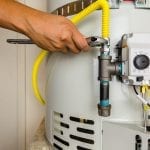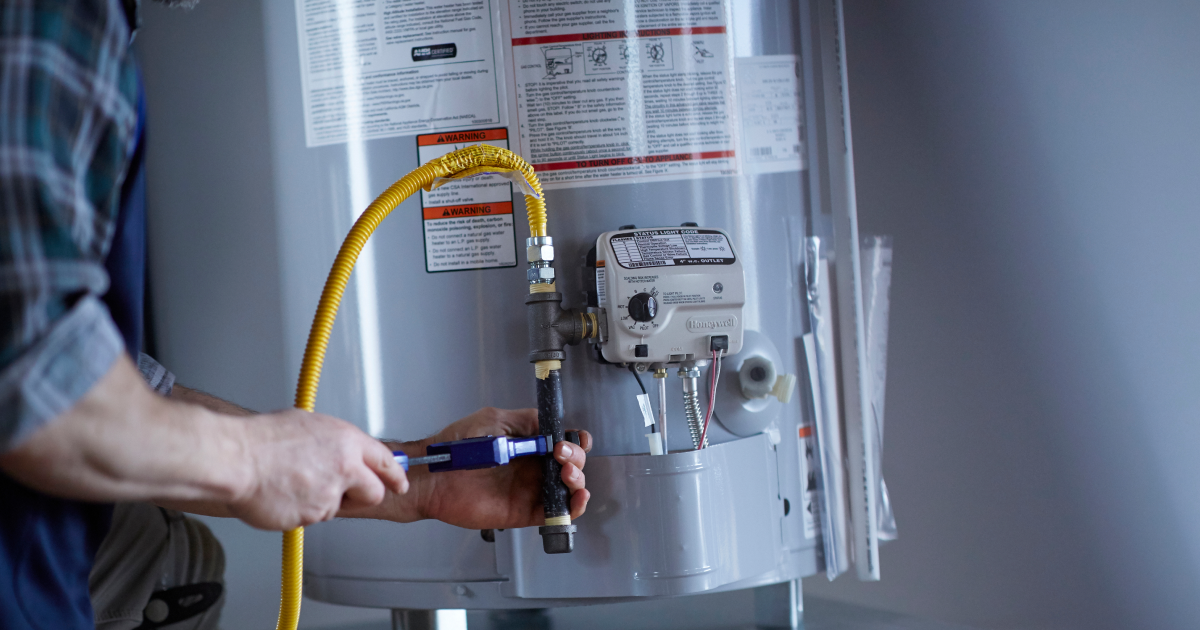Are you currently interested in content about What Kind of Maintenance Do Water Heaters Need??

Hot water is crucial for daily comfort, whether it's for a revitalizing shower or washing recipes. To ensure your warm water system runs successfully and lasts longer, normal maintenance is essential. This write-up offers functional tips and understandings on exactly how to keep your home's warm water system to avoid disturbances and pricey repair work.
Intro
Preserving your home's warm water system might seem complicated, but with a few basic steps, you can guarantee it runs efficiently for years to come. This overview covers every little thing from comprehending your warm water system to DIY upkeep pointers and knowing when to call in specialist help.
Value of Keeping Your Warm Water System
Regular upkeep not just prolongs the life expectancy of your warm water system yet also ensures it operates effectively. Disregarding maintenance can cause decreased effectiveness, higher power expenses, and also early failing of the system.
Signs Your Hot Water System Needs Maintenance
Knowing when your hot water system needs attention can prevent significant concerns. Keep an eye out for indicators such as irregular water temperature level, weird sounds from the heating system, or corroded water.
Purging the Hot Water Heater
Purging your water heater removes sediment accumulation, enhancing effectiveness and extending its life.
Checking and Changing Anode Rods
Anode poles stop rust inside the storage tank. Evaluating and changing them when worn is vital.
Complicated Problems Needing Professional Help
Instances consist of significant leakages, electrical troubles, or if your water heater is consistently underperforming.
Routine Specialist Upkeep Benefits
Expert maintenance can consist of thorough examinations, tune-ups, and making certain conformity with safety standards.
Evaluating and Changing Temperature Setups
Changing the temperature setups makes sure optimal performance and security.
DIY Tips for Upkeep
You can do several upkeep tasks on your own to keep your hot water system in leading problem.
Looking for Leakages
Routinely examine pipelines and links for leaks, as these can cause water damage and higher bills.
Understanding Your Warm Water System
Before diving right into maintenance jobs, it's valuable to recognize the fundamental parts of your warm water system. Usually, this includes the hot water heater itself, pipelines, anode poles, and temperature controls.
Monthly Upkeep Tasks
Regular regular monthly checks can help capture small issues prior to they rise.
Examining Pressure Relief Valves
Testing the stress relief valve guarantees it functions appropriately and stops excessive pressure accumulation.
Protecting Pipes
Shielding hot water pipelines decreases warmth loss and can conserve power.
When to Call a Specialist
While DIY upkeep is valuable, some concerns require expert proficiency.
Verdict
Regular upkeep of your home's hot water system is crucial for efficiency, longevity, and expense financial savings. By adhering to these pointers and knowing when to seek expert help, you can make certain a trusted supply of warm water without unforeseen disruptions.
How to Maintain an Instant Hot Water Heater
Before tinkering with your hot water heater, make sure that it’s not powered on. You also have to turn off the main circuit breaker and shut off the main gas line to prevent accidents. Also turn off the water valves connected to your unit to prevent water from flowing into and out of the appliance. 2. When you’re done, you have to detach the purge valves’ caps. These look like the letter “T†and are situated on either side of the water valves. Doing so will release any pressure that has accumulated inside the valves while at the same time avoid hot water from shooting out and burning your skin. 3. When the purge valves’ caps are removed, you have to connect your hosing lines to the valves. Your unit should have come with three hoses but if it didn’t, you can purchase these things from any hardware or home repair shops. You can also get them from retail stores that sell water heating systems. Read the user’s manual and follow it to complete this task properly. When the hosing lines are connected, open the purge port’s valves. 4. You should never use harsh chemical cleaners or solutions when cleaning your unit. Make use of white vinegar instead. It should be undiluted and you’ll probably use about 2 gallons. 5. Now flush your water heater. This task should probably take about 40 minutes. We can’t give you specific directions for this because the procedure is carried out depending on the type, model and brand of your heater. With that being said, refer to the user’s manual. 6. When you’re done draining the unit, you have to turn off the purge port valves again. Remove the hosing lines that you earlier installed on each of the water valves. Put the valve caps (purge port) back in their respective places and be very careful so as not to damage the rubber discs that are found inside these caps. 7. Now that everything’s back in place, check your user’s manual again to find out how to reactivate your water heating system. 8. Once it is working, turn one of your hot water faucets on just to let air pass through the heater’s water supply pipes. Leave the tap on until water flows smoothly out of it. https://www.orrplumbing.com/blog/2014/september/how-to-maintain-an-instant-hot-water-heater/

As a keen reader about Water Heater Maintenance Tips You Can't Afford to Forget, I thought sharing that topic was worthwhile. If you appreciated our article if you please make sure you remember to share it. I take joy in reading our article about Tips For Maintaining Your Hot Water Heater.
Book Appointment